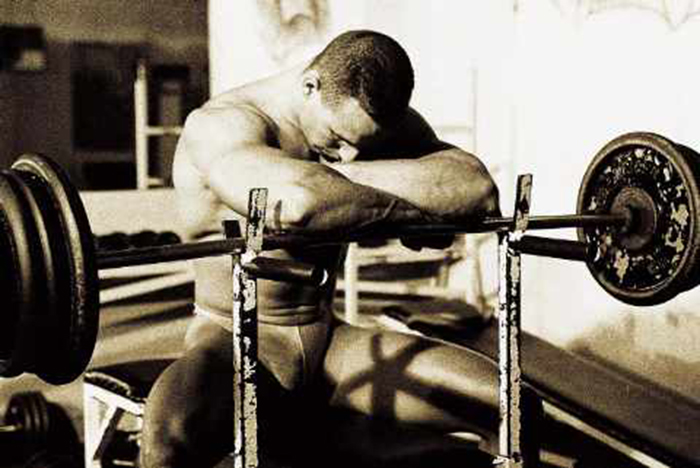The Barbell Biceps Curl is a basic, isolation, pulling exercise for the biceps muscles. It is performed by folding the arms at the elbows while the other joints remain immobile. Different types of bars can be used, each of which gives different performance characteristics.
The Barbell Curl is suitable for beginners, intermediate and advanced fitness and bodybuilding enthusiasts. Trainees aiming to condition and tone can derive functional benefits of its inclusion in a workout program. It is important to remember for beginners, the weight should be increased only when the required repetitions can be completed with good form.Sacrificing form for more weight will only lead to injuries and it will hinder your gains.
Contraindications
If you are having a shoulder, elbow, wrists,forearm or a waist injury perform the exercise with caution. People with a herniated disc can perform the exercise while leaning on a wall.Involved muscles
Target
- Biceps Brachii
Synergists
- Brachialis
- Brachioradialis
Stabilizers
- Deltoid, Anterior
- Trapezius, Upper
- Trapezius, Middle
- Levator Scapulae
- Wrist Flexors
Variations
According to the type and width of the grip and bar used:
- With an underhand grip - loaded flexors of the forearms, slight emphasis on internal heads.
- With an EZ bar - power grip, includes more brachial.
- Parallel grip - power grip main focus on the brachialis and brachioradialis
- With a narrow grip - elbows are wider than the wrist, the focus is on external heads.
- With a shoulder grip - shoulder width grip, it is the perfect width for power performance. There is no specific focus, the load is evenly distributed.
- With a wide grip - grip is wider than shoulder width. Clear focus on the internal heads of the biceps.
Method of execution
Preparation and execution
- Grasp the bar with the desired grip.
- Fully extend your arms and straighten your back.
- Slowly bend your arms without changing the position of the elbows, until forearms are vertical.
- Once forearms are vertical, slowly return to the starting position.
- Repeat.
Recommendations
- Strive to move the back and shoulders as little as possible.
- Try to keep your elbows stationary, do not cheat by using your lower back and moving the bar away from the body.
- Do not sacrifice form for more weight.It will lead to injuries and it will hinder your gains.
- If you use cheating movements, consider what type of cheating you will use.Train cheat movements with light weights, do not try to learn the hard way, in other words by trial and error.
- Extend your arms fully, unless you are looking for partial range of motion.
Relevancy
The Barbell Biceps Curl is an exercise for the biceps brachii muscles, it is almost always included in beginner workout plans. The only thing that varies in different workout programs are the grips. Rarely this exercise is substituted with the Dumbbell Curl or with the Low Pulley Biceps Curl exercise.In strenght training the barbell curl is often seen as the only sufficient isolation exercise for the biceps. In strenght workouts such type of training movements isolating small muscle groups are incidental. The location of the barbell curl in such a program is at the end of the workout.
(sources:exrx.net)
(pictures:scoobysworkshop.com, health.yahoo.com)



















